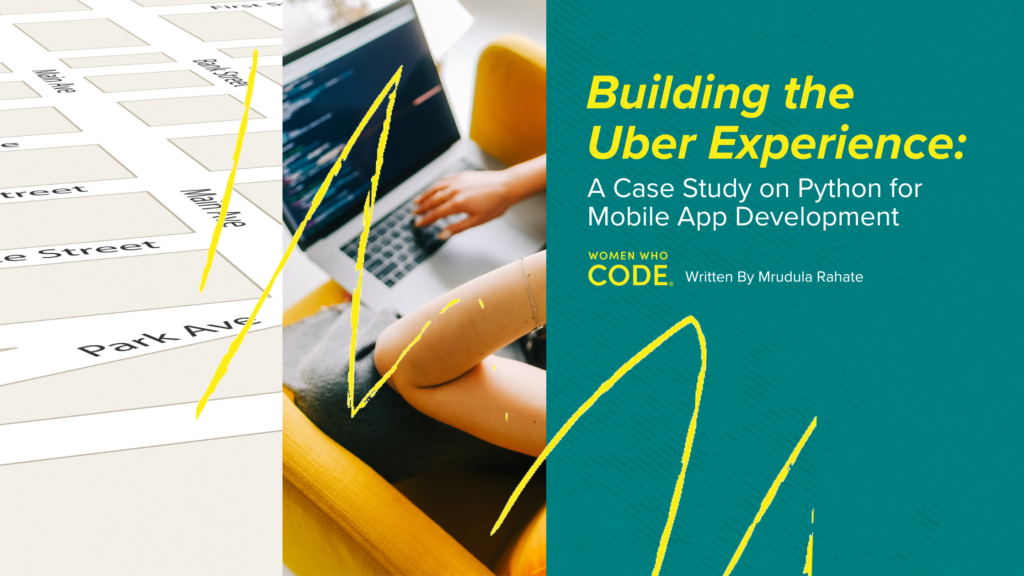Building the Uber Experience: A Case Study on Python for Mobile App Development
Written by WWC Team

By: Mrudula Rahate
Uber, founded in 2009, disrupted the transportation industry by introducing a convenient and efficient ride-hailing service through its mobile app. As Uber experienced rapid growth and expanded its operations globally, the need for a reliable and scalable technology infrastructure became crucial. Python, with its extensive library support and developer-friendly syntax, emerged as the language of choice for Uber’s mobile app development.
Utilizing Python for Mobile App Development:
1. Backend Development: Python’s extensive web frameworks, such as Django and Flask, provided Uber with a solid foundation for building the backend infrastructure of its mobile app. These frameworks enabled rapid development, simplified database integration, and facilitated the creation of robust APIs to handle various app functionalities.
2. Data Processing and Analytics: Python’s rich ecosystem of libraries, including NumPy, Pandas, and SciPy, played a vital role in Uber’s data processing and analytics pipelines. These libraries allowed Uber to efficiently handle large volumes of data, perform complex computations, and extract valuable insights to optimize operations and improve decision-making.
3. Real-time Tracking and Mapping: Python, along with libraries like GeoPy and GeoDjango, empowered Uber to implement real-time tracking and mapping features within its mobile app. These capabilities enabled accurate vehicle positioning, efficient routing, and seamless navigation for both drivers and riders, enhancing the overall user experience.
4. Scalability and Performance: Python’s scalability, combined with tools like Gunicorn and Tornado, allowed Uber to handle high volumes of concurrent requests and ensure smooth performance even during peak usage. Python’s ability to seamlessly integrate with other technologies enabled Uber to scale its infrastructure and meet the increasing demands of its user base.
Uber succeeded in creating a reliable and scalable mobile app by utilizing Python’s flexibility and numerous resources. Python’s readability and ease of use allowed for quicker development cycles while allowing Uber to make data-driven decisions and optimize operations thanks to the language’s robust data processing features.